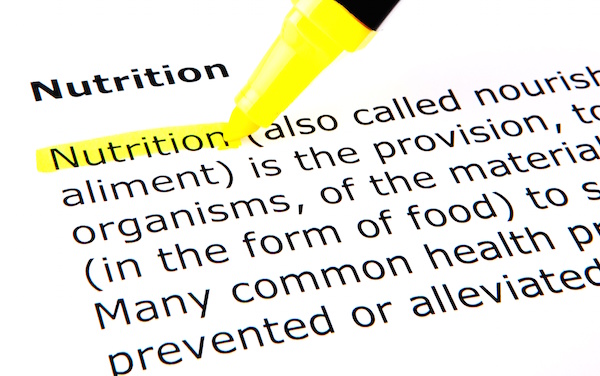WEDNESDAY, March 30 (HealthDay News) — Nearly two-thirds of U.S. residents have sufficient levels of vitamin D levels, but about a fourth of the population is at risk for vitamin D inadequacy and 8 percent are at risk for vitamin D deficiency, a new federal government study indicates.
An additional 1 percent of Americans have vitamin D levels high enough that could be harmful, according to the report, released Wednesday by researchers at the U.S. National Center for Health Statistics, part of the U.S. Centers for Disease Control and Prevention.
The body needs vitamin D to help it absorb calcium, which is a requisite for healthy bones. Muscles and nerves need vitamin D to function properly, and it helps the immune system fight off disease. Too little can lead to thin, brittle bones; extremely high levels can be toxic.
Vitamin D can be absorbed naturally from sunlight or obtained through foods or dietary supplements.
The National Institute of Medicine defines sufficient vitamin D by the amount registered in the blood: as a serum 25-hydroxyvitamin D value of 50-125 nmol/L. A value of 30-49 nmol/L is defined as inadequacy and less than 30 nmol/L is considered a deficiency.
For their report, the researchers analyzed data from 2001 to 2006 from the National Health and Nutrition Examination Survey. It included people aged 1 and older.
The analysis showed that the risk for vitamin D deficiency differed by age, sex and race or ethnicity.
By age, the risk for deficiency ranged from 1 percent to 8 percent among males and from 1 percent to 12 percent among females. For both sexes, the risk was lowest among children aged 1 to 8 and increased significantly until age 30 in men and age 18 in women. After that, the risk changed little as people aged, the study found.
Whites were less likely to be at risk for vitamin D deficiency than blacks or Mexican-Americans.
Among women of childbearing age, those who were pregnant or lactating were less likely to be at risk for vitamin D deficiency than those who weren’t pregnant or lactating.
Though vitamin D deficiency became more common in the United States between 1988-1994 and 2001-2002, the study found, risk for the deficiency did not change between 2001-02 and 2005-06.
About 4 percent of males 12 years and older had vitamin D levels that put them at risk for deficiency in 1988-1994, and 17 percent were at risk for inadequacy. Those numbers had risen to 7 percent and 22 percent, respectively, by 2001-2002, according to the study.
Among females 12 and older, vitamin D deficiency rose from 7 percent in 1988-1994 to 11 percent in 2001-2002. However, the proportion of females with inadequate levels of vitamin D dropped from 30 percent to 25 percent in that time.
More information
The Office of Dietary Supplements at the U.S. National Institutes of Health has more about vitamin D.

